Bull Market: What categories climbed highest?
Each December, we put together the Hagerty Bull Market List, our annual selection of the collector-car hobby’s movers and shakers. Basically, it’s a group of 10 or so cars (with the occasional truck and motorcycle thrown in) that the data tells us are poised to grow in value over the next 12 months. This isn’t investment advice per se—rather, an opportunity to point out that, with some due diligence and a smidge of luck, you can experience the joys of the collector-car hobby and maybe get your money back or a bit more when it’s time to sell.
The 2024 group we’ll reveal on December 11 will be the seventh list, so we’ve had plenty of time (and opportunity) to check how our predictive powers panned out.
For each of the last six years, the Bull Market List has assembled a group of cars, trucks, and occasionally motorcycles that we anticipate will gain in value over the following 12 months. We’ve made our selections using data from public and private sales, insurance valuations, and historical trends, along with a dash of intuition. The seventh annual list is nearly upon us, so we took a moment to look back on six years and 62 vehicles picked out as good investments.
Each list presents a wide-ranging group and data that back up their potential for growth but, inevitably, some of the picks have done better than others in market terms. Some surged. Some floundered. Is there a pattern? Slicing up our picks into categories provided some answers.
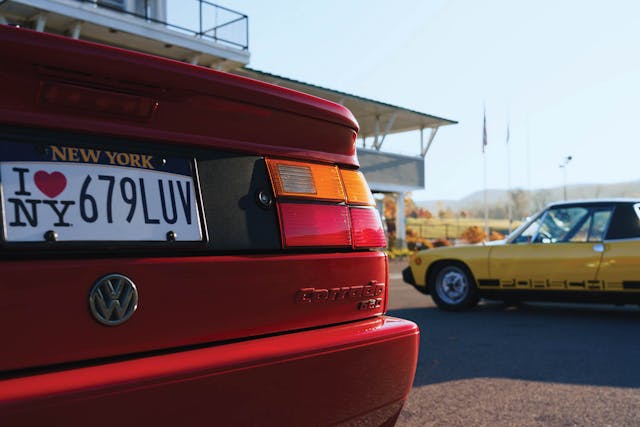
Nation of origin
Bull Market picks since the debut 2018 List have represented most of the major car-producing nations. The home team has fielded the most selections—22 American vehicles in all, and, in terms of price movement, they’ve averaged a 10.3 percent annualized return. When averaged together, these picks have performed better than the market as a whole; that said, the USA also has some of the widest-ranging results in Bull Market. The original 1984–93 Saleen Mustang has been one of Bull Market’s best with a 27 percent annualized return, while the 1968–70 AMC AMX and 1936–47 Harley-Davidson EL/FL Knucklehead have been some of the worst with 0 percent and -3 percent returns, respectively.
The Germans fared slightly better with an 11.9 percent average annualized return, while cars from the Volkswagen Group posted among the best (1990–94 Corrado with 47 percent, 2000–06 Audi TT with 20 percent) and worst (2007–15 Audi R8 with -4 percent) annualized returns. The Italians averaged a 14.4 percent annualized return, and the oldest choice was surprisingly the best, with the 1968–76 Ferrari Dino notching a massive 33 percent. The Brits did the worst, with a 17 percent return for the 1970–95 Range Rover standing out among the 1948–54 Jaguar XK120 (-1 percent), 2006–17 Aston Martin Vantage (3 percent), and 1983–97 Land Rover Defender (3 percent).
Japanese vehicles had a 13.8 percent average annualized return with the Lexus LFA (23 percent) and Suzuki Samurai (32 percent) making the biggest strides, but surprisingly it was the Swedes that technically did best. We’ve only picked two Scandinavian cars for Bull Market, and while the 1985–93 Saab 900 Turbo posted a market-beating 5 percent annualized return, the 1981–93 Volvo 240 wagon has surged with a whopping 52 percent. That’s in percentage terms, though, as both Swedes are still relatively inexpensive. The median condition #3 (“Good”) value for a 240 wagon is $12,200.
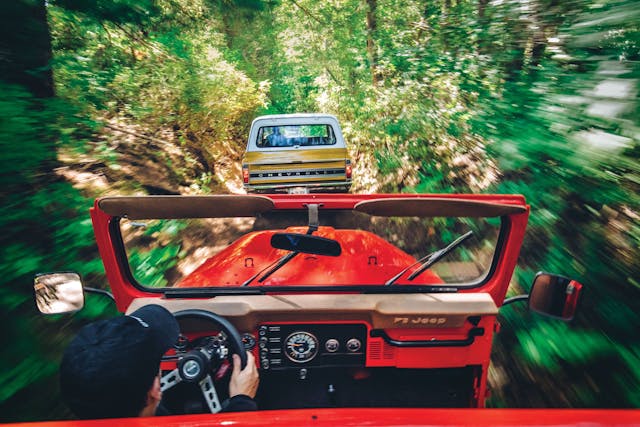
Body style
As the collector vehicle hobby has matured and more generations of buyers have entered the fray, vintage trucks and SUVs have surged in value. Many of them used to be quite cheap, and from that starting point, trucks became the market’s fastest-growing segment for several years. Since 2018 we’ve put 14 trucks and SUVs on the Bull Market Lists, and they’ve had an average annualized return of 12.6 percent. The biggest and the smallest of the pack have done the best, with the H1 Hummer making 20 percent and the Suzuki Samurai making 32 percent.
On average, trucks had higher average annualized returns than supercars, luxury cars, muscle cars, and sports cars. But what about wagons and vans? Even though new-car shoppers in general shy away from vans, and the wagon is nearly dead in America, there are clearly people who still appreciate them. These family haulers had a 30.5 percent annualized return. Yes, we only have three vehicles (1991–96 Buick Roadmaster at 30.5 percent, 1980–92 Volkswagen Vanagon at 14 percent, and 1981–93 Volvo 240 at 52 percent) to go by, but the growth is still striking.

Era
We can also slice up our Bull Market picks by the era in which they were built. What we call “vintage” consists of anything built before 1980, and generally these vehicles have fared OK. Their average annualized return of 9.8 percent beats the rest of the market, which generally averages 3 to 5 percent. Our two oldest Bull Market picks, the 1936–47 Harley-Davidson Knucklehead and 1948–54 Jaguar XK 120, had annualized returns of -3 and -1 percent, respectively. But the Ferrari Dino did 33 percent and the 1965–70 Cadillac DeVille Convertible made 25 percent.
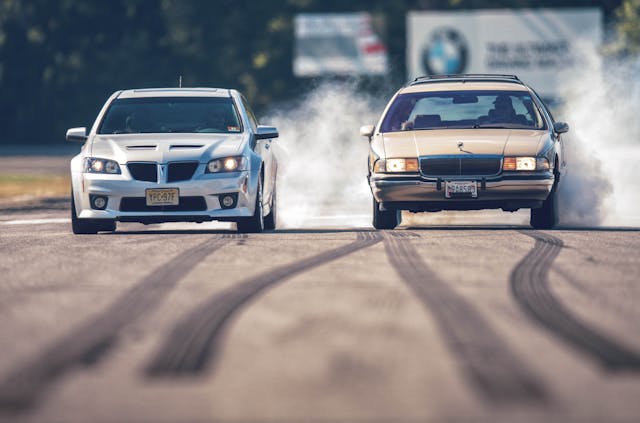
Radwood-era vehicles, anything built from 1980 to ’99, have been a very active segment of the market over the last five or so years. Many of them are making the transition from used to collectible, seeing increasing demand from Gen-Xers or older millennials, or becoming eligible for import to the United States after their 25th birthday. Nearly half of our Bull Market picks since 2018 have come from this era, and in general they have done the best with an average annualized return of 16 percent.
Anything built after Y2K can fit into the “modern” bucket, and in a few instances our picks were still theoretically new enough to still be on a factory warranty. With an average annualized return of 7.8 percent, these vehicles still beat the market as a whole but fared worse than 1980s-90s vehicles and older classics. The Mercedes-Benz SLR McLaren (-4 percent) and Pontiac G8 (1 percent) are still great cars with a lot going for them, but they haven’t become market darlings just yet.
***
Check out the Hagerty Media homepage so you don’t miss a single story, or better yet, bookmark it. To get our best stories delivered right to your inbox, subscribe to our newsletters.
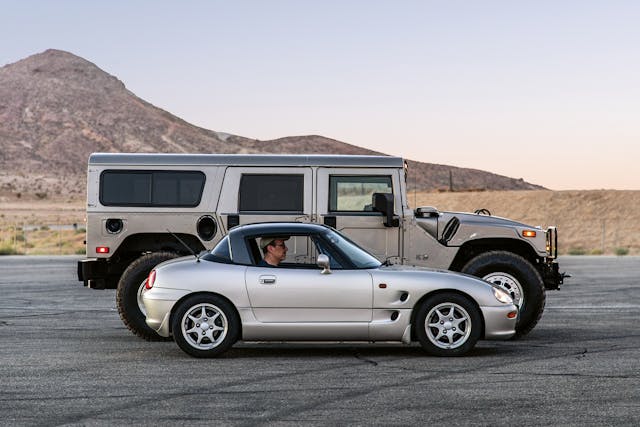

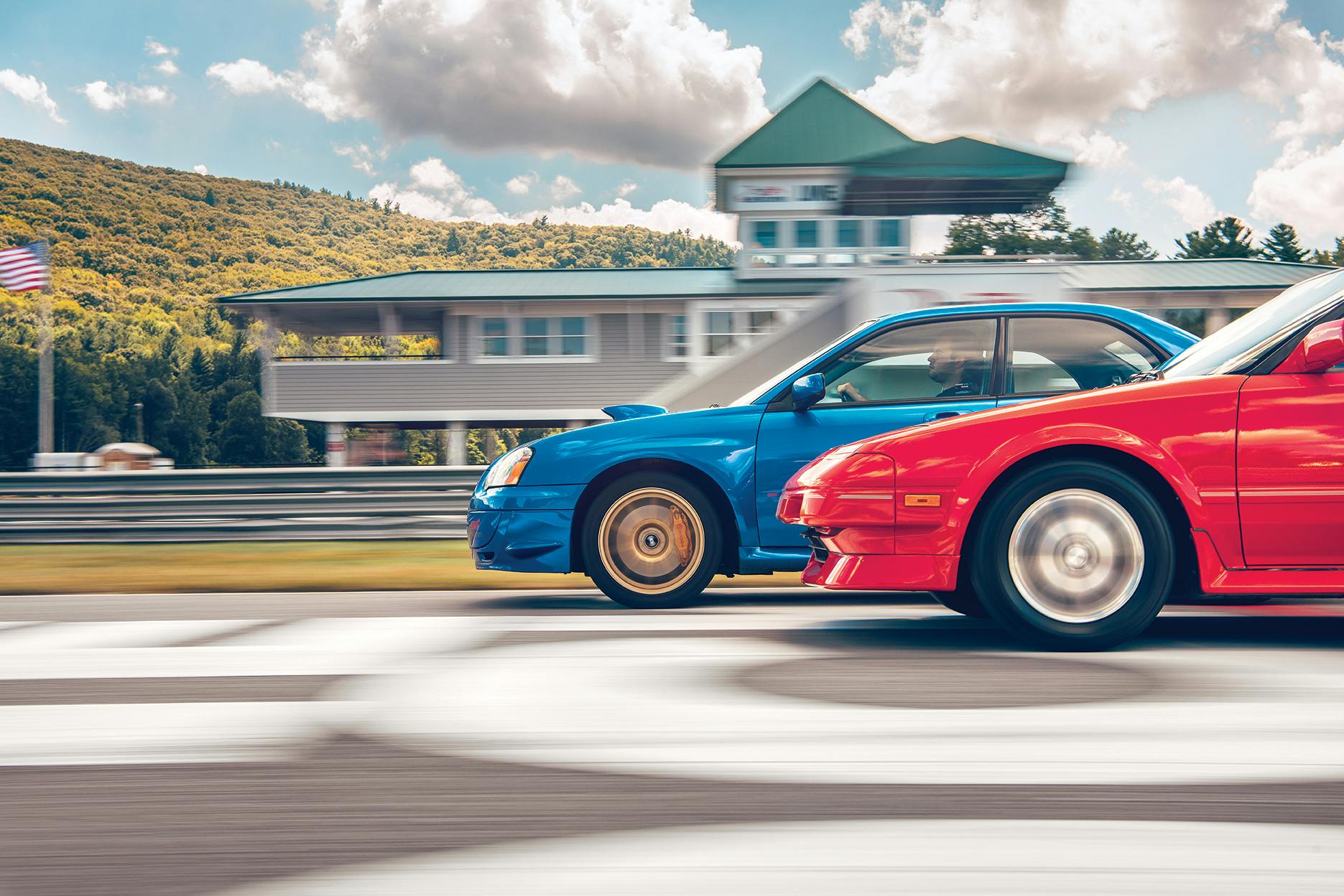


Third time for this article?
Incidental inclusion of certain Volvo wagons is an object lesson of how wacky statistical analysis can get. Handful of very successful auctions vaults Swedish, station wagon, and a time period right to the center of the Venn. We anxiously await appearance of a resto-modded Tidaholm shooting brake (and I’d bet it’d be a beauty).
Is there any “return of enjoyment” guide? Now we’re back to monetizing the “hobby”, removing it from the hobby category and making it a financial decision. Did they factor in the amount and cost of maintenance and insurance of those touchy Ferarri or Aston Martins? Can you even work on one yourself?
My impression is that too many “classic cars” have reached the point of “investment property”. For example, the last NCRS event I attended had a separate secured parking lot for the many fully enclosed car trailers and carriers used to transport those beautiful Corvettes to the convention. It seems the only time they are started nowadays is to ( a ) prove that the drive-train is in working order when the car is being judged, and ( b ) to drive the vehicle into its assigned spot on the convention hall floor.
Said to say, but road-going enjoyment of these cars seem to have lost the battle against the amount of money, time and effort that must be invested to acquire and restore such cars.
Shame, really.
B
I agree 100%. Seems like some collector don’ts enjoy their cars other than being able to say “look what I can afford”. Lucky there are Historic races where the owners still drive their cars the way they were meant to be driven.
I am so surprised that some of the German cars that are reaching cult following in the US are not being tracked by Hagerty.
For example, what about –
The first and second generation 3 series BMWs
The first generation VW Golf GTS
The BMW M3s
The Golf R32
Mercedes Benz 90s and early 2000s CLs, and CLKs, and the C class special 16 valve late 80s cars
Audi – all the 4WD specials
All of these were sold in sufficient numbers in the US to have developed a following, and most have been selling recently at astonishingly high values.
I think you need to be casting your net a lot wider, and getting to understand the following they command in the market.
Could someone please share what model of Suzuki (?) that is in the top photo with the Hummer behind it? Pretty COOL…
It’s a Suzuki Cappucino, a Japan exclusive kei sports car.
It’s a Suzuki Cappuccino
Frankly, it doesn’t matter to me what the trend or popular vehicle is wanted out there and for how big a price jump they go for. I have three classics that don’t make the list but I hold on to them for their spiritual feeling more than the monumental financial feeling some like to giddy over. Though at shows, they give car spectators something to talk about, I love just watching them sit in my garage wondering which one I will take out this time.
Can someone tell me the make of the sportcar next to the SUV on the introduction page ?
Ok just saw the answer to my question…..